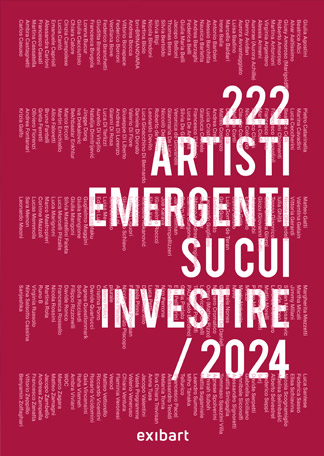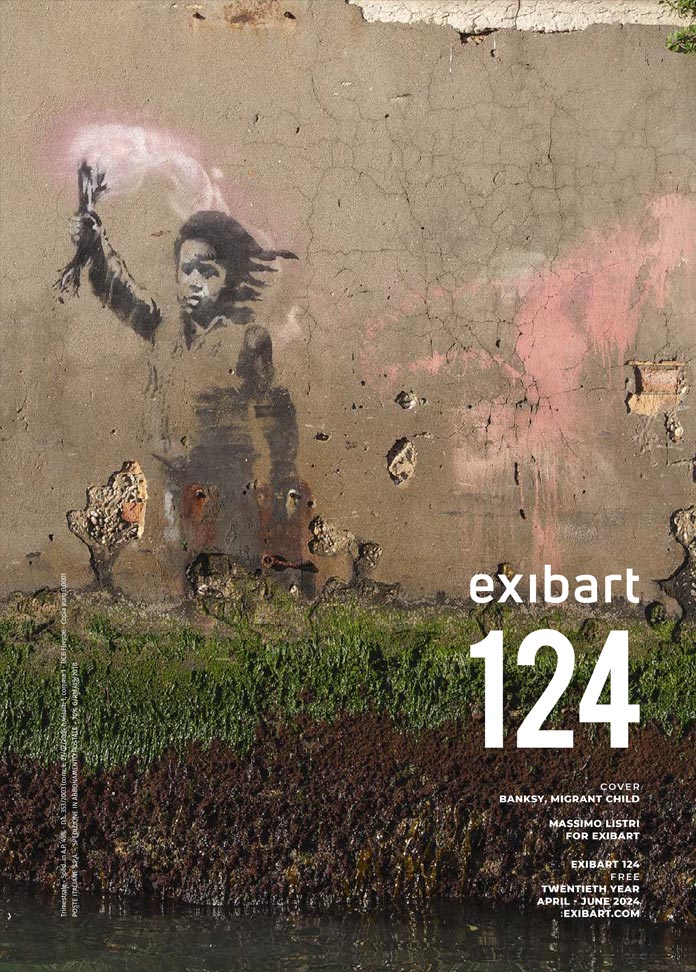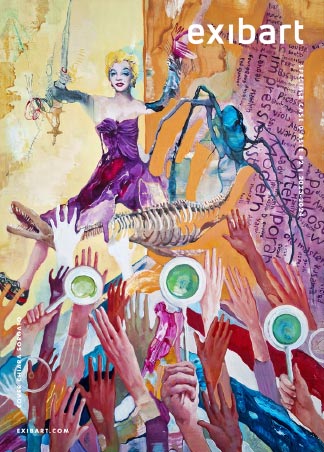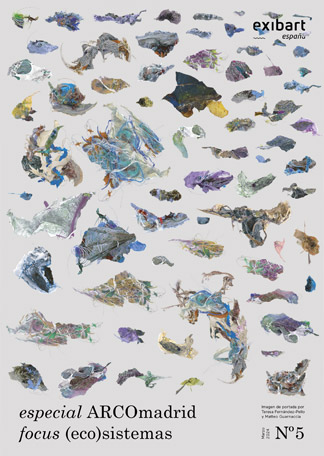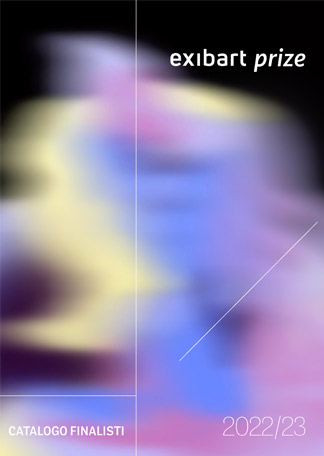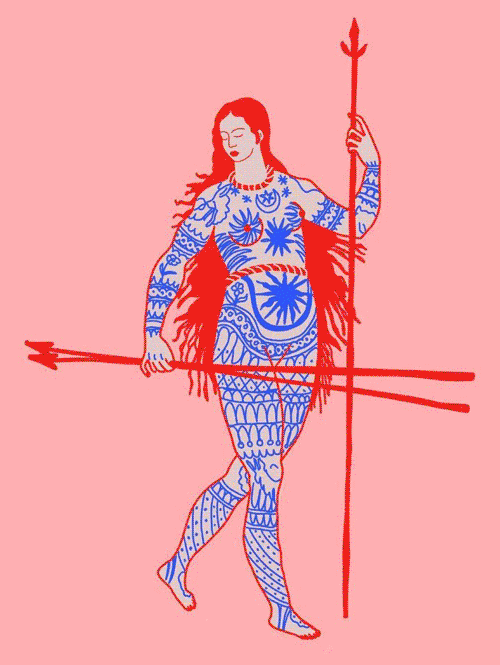-
- container colonna1
- Categorie
- #iorestoacasa
- Agenda
- Archeologia
- Architettura
- Arte antica
- Arte contemporanea
- Arte moderna
- Arti performative
- Attualità
- Bandi e concorsi
- Beni culturali
- Cinema
- Contest
- Danza
- Design
- Diritto
- Eventi
- Fiere e manifestazioni
- Film e serie tv
- Formazione
- Fotografia
- Libri ed editoria
- Mercato
- MIC Ministero della Cultura
- Moda
- Musei
- Musica
- Opening
- Personaggi
- Politica e opinioni
- Street Art
- Teatro
- Viaggi
- Categorie
- container colonna2
- container colonna1
Homelike atmospheres
The Italian Twentieth Century Art Museum
Ritorno all’ordine (return to order): this is the imperative of the period of twenty years between the two world war. The result: the family, the traditional values and the private universe of love are the principal protagonists of the art, which become more informal.
di redazione
 The informal portrait of Semeghini and Guidi, with the female protagonists sitting on a chair in the kitchen or near a laid table ( Semeghini, «Ragazza con la mela», 1940; Virgilio Guidi, «Donna solitaria», near 1939 ), is alternated to the voyeuristic intrusions of Arturo Martini and Roberto Melli which represent the awakening in the morning ( Martini, «Risveglio»; Melli, «Risveglio Estivo», 1938 ). The sensuality expressed from the female nude depicted in the alcove of Martini is in contrast with the quiet representation of the scene painted by Roberto Melli, in which the old floor and the mattress (made of wool and vegetable) provoke a feeling of nostalgia that beat any morbid curiosity.
The informal portrait of Semeghini and Guidi, with the female protagonists sitting on a chair in the kitchen or near a laid table ( Semeghini, «Ragazza con la mela», 1940; Virgilio Guidi, «Donna solitaria», near 1939 ), is alternated to the voyeuristic intrusions of Arturo Martini and Roberto Melli which represent the awakening in the morning ( Martini, «Risveglio»; Melli, «Risveglio Estivo», 1938 ). The sensuality expressed from the female nude depicted in the alcove of Martini is in contrast with the quiet representation of the scene painted by Roberto Melli, in which the old floor and the mattress (made of wool and vegetable) provoke a feeling of nostalgia that beat any morbid curiosity.
The maternity, celebrated by the Fascist rhetoric, is often illustrated by the Italian painters of that period who, sometimes, confer to the matter the sacredness of an icon. Emilio Vedova, in his painting «Maternity» (1942), represents all the spontaneity of the love between a mother and a child with a few strokes. The maternal portraits become more frequent, as the ones by Cassinari (1942) and Birolli (1940) exposed in the Florentine museum, and the two portraits of the mother of Alberto della Ragione – respectively realized in sculpture and on canvas – by Antonietta Raphael (1945) and by Renato Birolli (1954 ).
The numerous still life of the collection evoke house privacy and a quiet and daily melancholy. This genre was rediscovered by the Italian masters who had admired the compositions of Cezanne in the retrospective exhibition dedicated to the French artist at the Biennale di Venezia in 1920. For Giorgio Morandi, the still life became soon the favorite subject, as the two wonderful paintings – performed respectively in 1926 and 1938 kept in the collection Della Ragione – testify. The light, the colour, the mood of the painter change these compositions, always made of bottle and crockery, in works always different and original, which can be considered as a mirror of the emotional evolution of the Bolognese artist.
The representations of interiors are often present in the work of Felice Casorati, whose compositions of motionless and rarefied atmosphere, rich of neo -Renaissance suggestions, met the taste of the public and of the critics, determining their reputation and success. The Female nude, performed in preparation for the “Meriggio”, dates back to 1922. The «Meriggio» – which is now shown in the «Museo Revoltella» in Trieste – signs one of the maximum art level of the Torinese artist. The photographic truth of the image is in contrast to the academic perfection of the nude; these elements give life to a marriage between reality and idealism as known as «Realismo magico» (magical realism). The patronage of the Torinese collector Riccardo Gualino, as too the market requests, addressed Casorati toward subjects dear to the bourgeois world, as the portraiture («Studio per ritratto», 1919; «Ragazza in Azzurro», 1933) and the still life («Cestino con uova e rape», 1942), genres revisited trough the lesson of the Italian fifteenth Century painting. Enchanted atmospheres – familiar and at the same time distant, understandable for the eyes but not for the mind – also characterize the courtyards planted with trees of Donghi («Piazzale alberato», 1925 ), the views of Paresce («La statua e la scala», 1931; «La donna alla finestra», 1931 ), the sea baths of De Chirico («Les Bains mysterieux», 1929 ), the sunbathing bodies of Martini («La Pisana», 1929; «Corpi al sole», 1932 ), these can be interpreted as a sculptural translation of Casorati perfect nudes.
Enchanted atmospheres – familiar and at the same time distant, understandable for the eyes but not for the mind – also characterize the courtyards planted with trees of Donghi («Piazzale alberato», 1925 ), the views of Paresce («La statua e la scala», 1931; «La donna alla finestra», 1931 ), the sea baths of De Chirico («Les Bains mysterieux», 1929 ), the sunbathing bodies of Martini («La Pisana», 1929; «Corpi al sole», 1932 ), these can be interpreted as a sculptural translation of Casorati perfect nudes.
The realistic bodies of the models portrayed in study by Guttuso («Nudo disteso», 1937, «Nudo con la forbice», 1939 ), Mafai («Nudo sulla poltrona blu», 1942 ), Morlotti («Nudo», 1939), are characterized by sparkling and contrasting colours, that confer consistency and light to the modeled bodies. The female nudes are also the protagonists of the brothels interiors views, narrated with rough realism by Maccari, Santomaso and Guttuso ( Santomaso, «Donne sedute», 1941; Guttuso, «Donne discinte», 1941; Maccari «Donna soldato», 1942 ). The expressive purpose and the violent break with the delicate reality of the painters belonging to the «ritorno all’ordine» is shown by the incisive signs that construct the figure, by the violent chromatic range, that betrays the drama of that historic moment.
Daniela Parenti
[exibart]




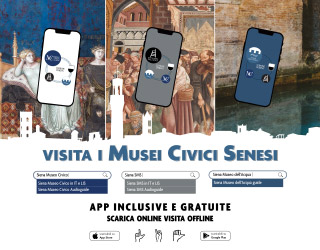




.jpg)








